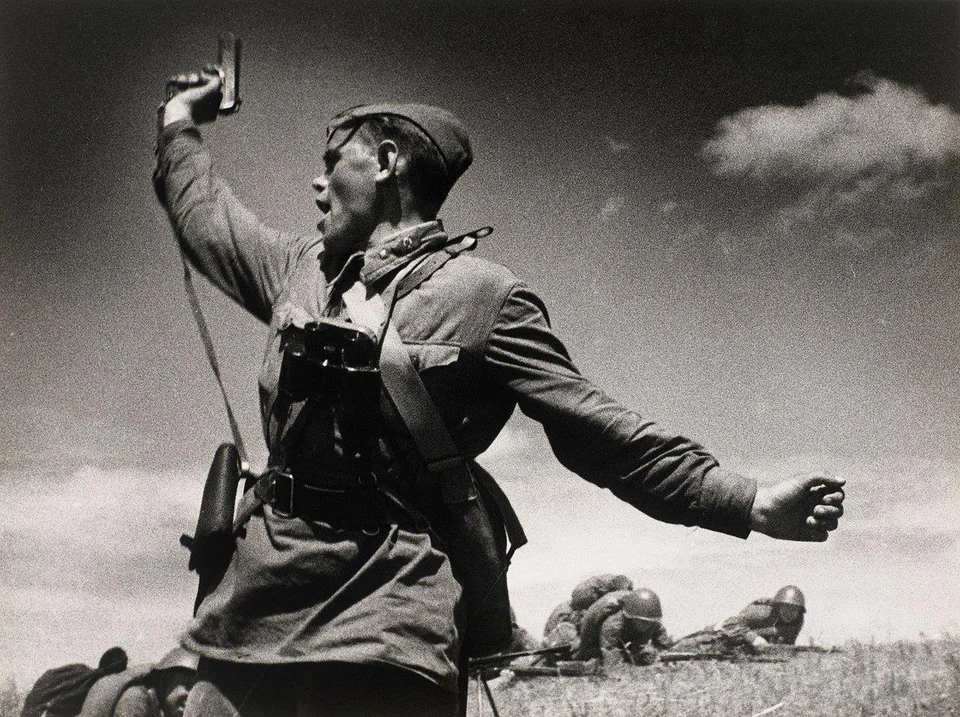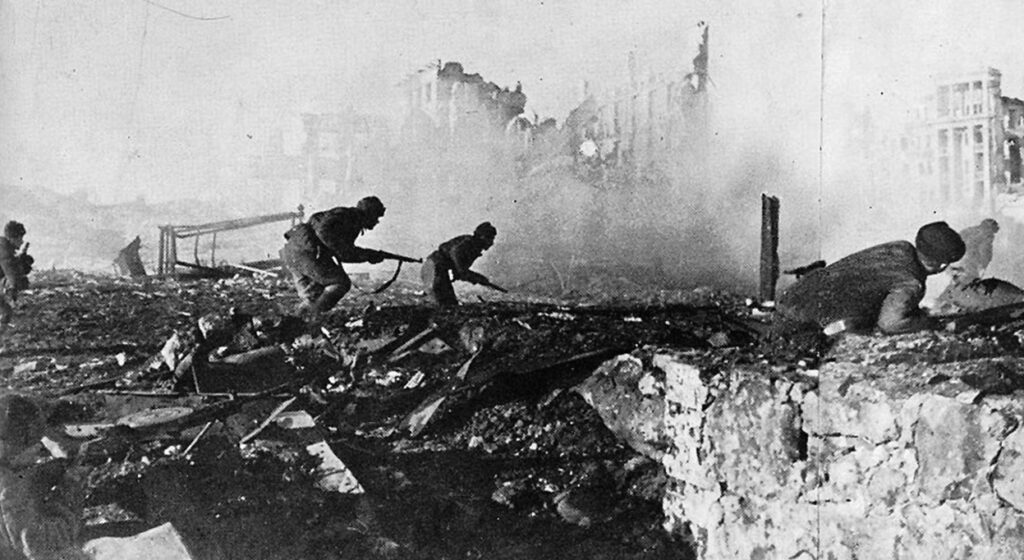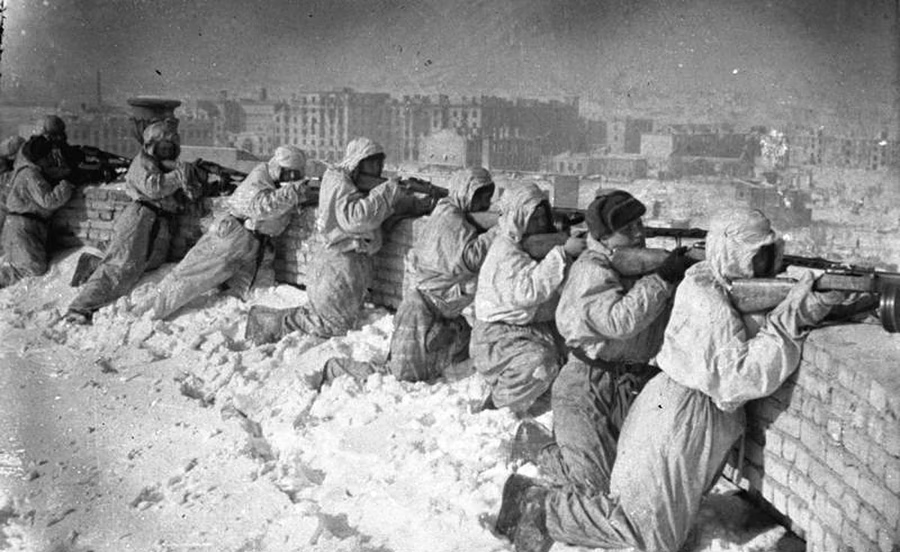Clash of Titans: The German-Soviet War (1941–1945) – The Eastern Front of World War II

The German-Soviet War, also known as the Eastern Front of World War II, was the largest and deadliest theater of the war, stretching from 1941 to 1945. Fought between Nazi Germany and its Axis allies on one side, and the Soviet Union on the other, it was a conflict of staggering scale, brutality, and geopolitical significance. More than just a battle of armies, it was an ideological struggle between fascism and communism, and it played a decisive role in the outcome of World War II.
Prelude: From Allies to Enemies
In 1939, Nazi Germany and the Soviet Union shocked the world by signing the Molotov–Ribbentrop Pact, a non-aggression agreement that secretly divided Eastern Europe into spheres of influence. This pact allowed Hitler to invade Poland without fear of Soviet intervention and gave Stalin time to rebuild his military after purges.
However, Hitler always intended to destroy Soviet communism and acquire Lebensraum (living space) in the East. Despite the pact, Germany began preparing for war against the USSR almost immediately after the fall of France in 1940.
Operation Barbarossa: The Invasion Begins (June 22, 1941)
On June 22, 1941, Hitler launched Operation Barbarossa, the largest military invasion in history, with over 3 million Axis troops, thousands of tanks, and aircraft crossing into Soviet territory along a vast front.
Germany divided its forces into three groups:
- Army Group North – aimed at Leningrad
- Army Group Center – targeted Moscow
- Army Group South – moved toward Ukraine and the Caucasus
Initially, the Germans achieved spectacular success, encircling and capturing hundreds of thousands of Soviet troops. Soviet defenses crumbled under the surprise and ferocity of the attack.
The Brutality of the Eastern Front
The German-Soviet War was marked by unprecedented violence and war crimes:
- Massacres and Genocide: The Nazi ideology of racial superiority led to mass killings of Jews, Slavs, and political commissars. The Holocaust intensified as German forces advanced.
- Scorched Earth Policy: Soviets destroyed their own infrastructure to prevent German use.
- Civilians Caught in the Crossfire: Millions of civilians were displaced, starved, or murdered by both sides in what became a war of annihilation.

Turning the Tide: Key Battles
1. Siege of Leningrad (1941–1944)
A brutal blockade by German and Finnish forces lasted nearly 900 days, causing starvation and death for over a million civilians. Yet, Leningrad never fell.
2. Battle of Moscow (Winter 1941–1942)
The German advance toward Moscow stalled due to harsh winter conditions and fierce Soviet resistance. A counteroffensive pushed the Germans back and shattered the myth of their invincibility.
3. Battle of Stalingrad (1942–1943)
The turning point of the war in the East. In this urban battle of attrition, Soviet forces encircled and destroyed Germany’s 6th Army. Stalingrad was a catastrophic defeat for Hitler and a major morale boost for the Allies.
4. Battle of Kursk (July 1943)
The largest tank battle in history. Germany’s last major offensive on the Eastern Front failed, allowing the Soviets to gain the strategic initiative.
The Soviet Advance and Final Victory
Following Kursk, the Red Army launched a series of relentless offensives:
- Operation Bagration (June–August 1944): A devastating Soviet attack that crushed German Army Group Center and liberated much of Belarus.
- Liberation of Eastern Europe: Soviet troops moved through Ukraine, Poland, the Balkans, and into Germany, often leaving a trail of destruction and occupation.
- Battle of Berlin (April–May 1945): The final major battle of the war in Europe. Soviet troops stormed the Nazi capital. Hitler committed suicide, and Germany surrendered on May 9, 1945 (May 8 in the West).
Human Cost and Destruction
- Soviet Casualties: Estimated at 27 million, including civilians—more than any other nation in World War II.
- German and Axis Casualties: Several million soldiers killed, wounded, or captured.
- Widespread Destruction: Cities, towns, and villages across Eastern Europe were reduced to rubble; millions were left homeless or starving.
Impact and Legacy
- Defeat of Nazi Germany: The Soviet Union played a central role in the Axis defeat, bearing the brunt of the war and delivering the most significant blows to Hitler’s forces.
- Rise of the USSR: The Red Army’s victories elevated the Soviet Union to superpower status and led to its occupation of Eastern Europe, setting the stage for the Cold War.
- Memory and Trauma: The war left deep scars on Soviet society and national identity. In Russia, the conflict is still remembered as the Great Patriotic War.

Summary:
The German-Soviet War was the most brutal and decisive front of World War II. Sparked by ideology, expansionism, and betrayal, it involved massive battles, atrocities, and unparalleled human suffering. The Red Army’s resilience and eventual victory played a pivotal role in defeating Nazism, shaping the postwar world, and redrawing the political map of Europe. Understanding this colossal conflict is essential to grasping the 20th century’s most defining events.




